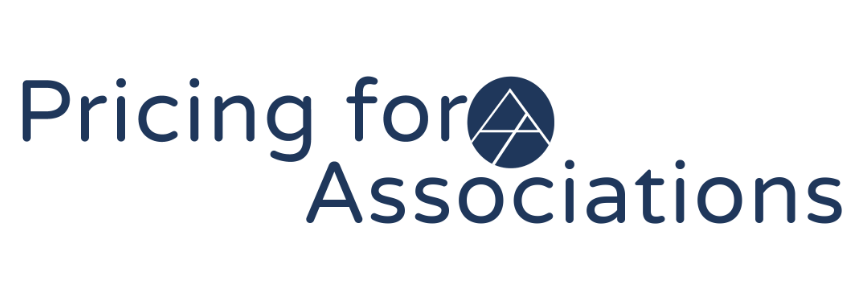The Power of Pricing: Unleashing Profits Through Strategic Pricing
The following is an excerpt from our book, Pricing for Associations, available now on Amazon.
Many organizations instinctively look to retain existing members, attract new ones, or secure sponsorships as the primary means of increasing their profitability. While these strategies have their merits, there's another powerful lever that often gets overlooked—pricing. It's one of the quickest and most impactful ways to boost profit margins, and yet, it remains underutilized in many association operations.
Let's delve into the transformative potential of pricing by exploring a generic example. Imagine a product listed at $100 - a common pricing point in the association space - with a typical profit margin of around 30%. This means that for every sale of this product, the organization pockets $30 in profit.
(If you do not know your profit margins, simply pull your 990 and divide your gross profit by your gross revenue for the year. Bonus points if you can pull the financials to do this by product, but many associations do not have a breakdown of direct and indirect costs as well as fixed and variable costs to land at their correct numbers by product.)
Now, consider two scenarios:
Scenario 1: A 10% Discount to Boost Enrollment
In this scenario, the organization decides to offer a 10% discount to incentivize more enrollments. While this may seem like a viable strategy at first glance, let's examine the consequences more closely.
With a 10% discount, the profit per sale drops from $30 to $20—a significant 33% decrease in profitability. If the organization typically enrolls 100 members into this $100 product, its profit would decrease from $3,000 to $2,000.
To make up for this loss and maintain the same profit level of $3,000, the organization would need to enroll at least 150 people, a 50% increase from the initial 100. The question then becomes, is a 10% discount likely to boost enrollment by 50%? In most cases, the answer is no. This highlights the challenging nature of relying solely on discounts to drive significant revenue growth.
Scenario 2: A Small 5% Price Increase
In this scenario, the organization decides to implement a small price increase from $100 to $105. This adjustment is unlikely to be met with significant resistance from customers. With the price increase, the profit per sale rises from $30 to $35—an increase of $5 or approximately 17% in profitability.
If the organization maintains the same enrollment of 100 members, its profit would jump from $3,000 to $3,500. In essence, this is the equivalent of gaining 17 new registrations without having to invest resources in additional marketing efforts or discounts.
Let’s Go Further…
Now, imagine this on a larger scale. Consider a $400 membership fee paid by 10,000 members. With a 30% profit margin, the organization's profit would increase from $1.2 million to $1.35 million simply by implementing a 5% price increase while retaining its existing membership base. This additional revenue can be reinvested to enhance the member experience, adopt new technologies, or expand the organization's offerings.
The message is clear—getting pricing right matters, but it must be preceded by getting value right. When associations align their pricing with the perceived value of their offerings, they unlock the potential for significant profit growth. By focusing on both value and pricing, associations can not only enhance their financial sustainability but also amplify their impact on their mission and industry.


